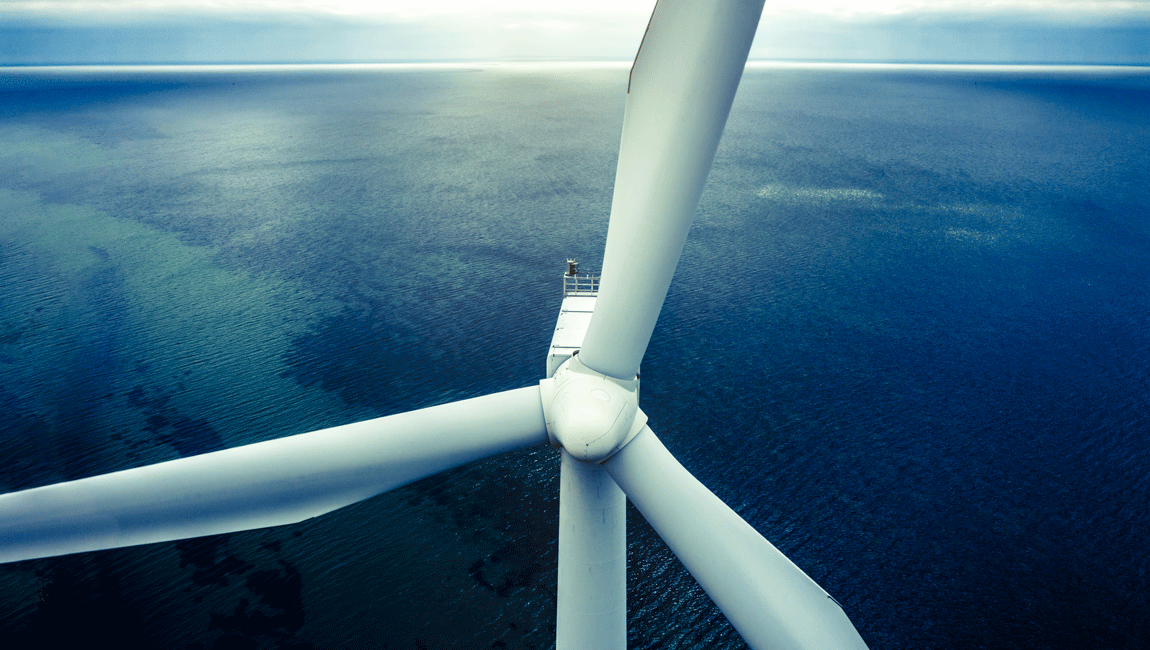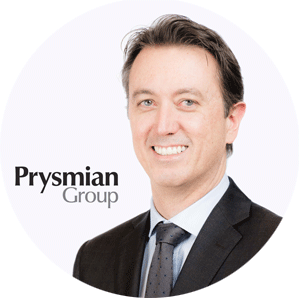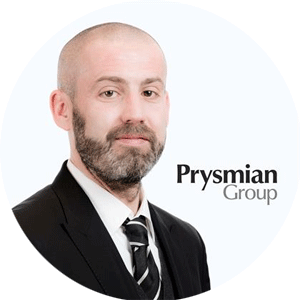Juliano de Mello: “This is different for each country. However, generally, it’s still a complicated process that could be much shorter and easier. Bureaucracy has been a challenge for hundreds, years, but governments have to make permit and construction processes easier and more standardized otherwise reaching the 450GW target will become really difficult.
Davide Taddei: “We often tell clients that the market has changed a lot over the past years. Formerly, they might consider a project five or six years before getting permits, they’d bring consultants on board to work on the specification, work on tenders that take several years. A project could easily take ten years. Now, we suggest carrying out due diligence and carrying out the project with the supply chain partners to be more efficient.”
Juliano de Mello: “Floating wind farms have a completely different design and require different types of cable and technology than traditional wind farms. At the same time, there are many new developers entering in the market, so we see brand new faces all the time and we need to help them define their priorities. It’s positive that we now have many new ideas and people to work with! We’re certainly not getting bored!”
Davide Taddei: “We’ve seen traditional wind farm projects where buyers adopted an ‘ebay’ strategy and considered cabling as nothing more than a commodity. With dynamic cabling, this would never work. Each project and system are different. Nothing is standardized. You can use existing products but need to check thoroughly whether they can be optimized for specific conditions.”







